This article was co-authored by Simon Miyerov and by wikiHow staff writer, Jessica Gibson. Simon Miyerov is the President and Driving Instructor for Drive Rite Academy, a driving academy based out of New York City. Simon has over 8 years of driving instruction experience. His mission is to ensure the safety of everyday drivers and continue to make New York a safer and efficient driving environment.
wikiHow marks an article as reader-approved once it receives enough positive feedback. This article received 17 testimonials and 90% of readers who voted found it helpful, earning it our reader-approved status.
This article has been viewed 1,180,413 times.
Some people say they don't like driving or are afraid of getting behind the wheel. If you find that you're extremely afraid of driving to the point that it's causing you distress, you may have a phobia of driving. This specific phobia might make you feel as though your life is in danger when you're driving or riding in a car. You might even experience panic attacks, racing heart, rapid breathing, or feelings of terror. If your anxiety behind the wheel is controlling you and preventing you from driving with ease, or even at all, it's important to face the phobia. This way, you can get back behind the wheel and take control of your life.
Steps
Practicing Relaxation Techniques
-
1Create a calm environment in the car. You should feel comfortable just sitting in the car regardless of whether or not it's moving. Wear comfortable clothes and shoes. Practice sitting in the car and becoming relaxed before you begin driving. Consider playing soothing music.[1] It may help you overcome a sense of rising panic and can drown out the noise of other cars.
- Even the most confident driver can become anxious if there are noisy passengers in the car. Make sure the car is quiet and free of trash or clutter.
- Increase your sense of safety in the car by making sure your car gets any needed repairs.
-
2Practice abdominal breathing. If you begin to feel a panic attack come on or your neck and chest muscles tighten, begin breathing deep into your lungs. Inhale slowly through your nose with the focus of getting air to the bottom of your lungs. Let your belly expand and pause for a moment while you hold your breath. Slowly exhale and let your whole body relax.[2]
- You can repeat this process 10 times counting backwards from ten on each exhale. Try to complete three sets of 10.
Advertisement -
3Try progressive muscle relaxation (PMR). Tighten and relax muscle groups in your body so that you become aware of how to hold and release tension. Begin by clenching your fists for 7-10 seconds. Release your fist for 15 to 20 seconds while you focus on how the tension is leaving the muscles in your hands. Repeat the exercise with other muscle groups, moving up your arms, to your head, then down the back of your body to your feet and toes.[3]
- You can even practice PMR every day for 20 minutes even if you are not experiencing panic. This can improve your sense of control over your mood, reduce the frequency of panic attacks, and increase your concentration.
-
4Use positive affirmations. Affirmations are short positive statements that remind you that you can make changes. With driving, the type of affirmations that you might want to use include:
- I am driving carefully and within the speed limit. Careful driving is safe driving.
- Driving is a common, everyday activity. I am an alert driver participating in a common activity with care.
- I do not have to drive fast. I can drive in the right-hand lane if I want to travel slower than other cars.
- I do not have to risk switching lanes at the last minute. If I miss a turn-off, I can safely double back.
- I have planned this journey from start to finish. I know where I am headed and when I have to make lane changes and turn-offs. I am well prepared.
- Even though I am a passenger, I can control my reactions to riding in the car. If I feel uncomfortable at any time, I can ask the driver to pull over.
Using Exposure Therapy
-
1Consider confronting your phobia. You've probably been told that you need to face your fear. Exposing yourself to the fear is especially important if you've been avoiding driving for fear that you'll have a panic attack. Exposure therapy remains one of the most important ways to get over a phobia, although you should know and be able to use relaxation techniques before you start. This way, you'll have some sense of control during the session.
-
2Create an anxiety scale. Become familiar with your anxiety levels so you can take action before you reach a full-scale panic attack. Having a scale of anxiety will also help you know when to stop exposure before you reach moderate panic. Your scale should describe the physical and mental characteristics of anxiety. An example scale might look like this:
- 0 - Fully Relaxed: no tension, calm, feeling peaceful
- 1 - Minimal Anxiety: feeling slightly nervousness, more alert or aware
- 2 - Mild Anxiety: muscle tension, tingling or butterflies in the stomach
- 3- Moderate Anxiety: heart and breathing increase, feeling slightly uncomfortable but still in control
- 4 - Marked Anxiety: clear muscle tension, increased feelings of being uncomfortable, starting to wonder about staying in control
- 5- Beginning Panic: heart is starting to race or beat irregularly, dizziness, clear fear of losing control, wanting to escape
- 6 - Moderate Panic: heart palpitations, difficulty breathing, feeling disoriented
- 7 to10 - Full Panic Attack: feelings of terror, fear of dying, and increased feelings of moderate panic
-
3Write down your fears. Be specific and write down what things you fear about driving. Then, go through and rank these fears from what you fear the least to what causes a full panic attack. This will help you gradually expose yourself to your fears. But, you'll slowly work your way through your fears so that you never feel truly out of control.
- For example, holding the keys in your driveway might be something you fear the least while driving on the highway can cause you to have a panic attack.
-
4Take gradual steps.[6] Start with the least feared item on your list and gradually expose yourself until you no longer feel anxious. Once you've mastered an item on your list, move on to the next thing on your list or scale. For example, you list might expose yourself to fears like these (ranked from least to greatest feared):
- Hold your car keys and look at your car in the driveway
- Sit inside of your car, working up to 5 minutes
- Drive around the block
- Drive in your neighborhood making right turns, then left turns
- Drive on a main street taking left turns at traffic lights or stop signs
- Drive on a highway in the right lane for 1 to 2 exits
- Drive on a highway in the left lane for 2 exits
- Drive on the highway changing lanes past cars for 3 to 5 exits
-
5Ride with drivers you trust. If you find that you can't even stand being a passenger in a car, follow the exposure therapy steps. Instead of driving, you may want to gradually face your fear by riding in a car with a driver you trust. Choose someone you know will drive with the greatest of care. Once you're comfortable riding with that person, try to ride with other drivers or ride along on more challenging drives (like on the highway).
- Find what feels the most comfortable for you when you begin riding as a passenger. You might find that you prefer to sit in the backseat. Or, maybe you find it less stressful to sit next to the driver. Experiment to find what works for you.
-
6Commit to learning how to drive. Most people are afraid of getting behind the wheel for the first time. To ease your fear, choose a knowledgeable driving instructor who has a lot of experience teaching new drivers. A good driver can reassure you and make you feel comfortable in the driver's seat.
- Consider working with a driving school instructor. You might realize that the anxiety you had been feeling about learning to drive actually stemmed from your previous instructor, especially if it was a relative trying to teach you how to drive.
Getting Help
-
1Know when to see your doctor. If your fear of driving is disrupting your life, you should get medical or psychological treatment. If you're unsure who to ask for help, contact your doctor who should be able to put you in touch with trained professionals. You may work with your doctor, a psychologist, a psychiatrist, or a counselor trained in phobias.
- If you're increasingly depressed by your inability to drive, make sure to seek help. Don't simply adjust to the fear that prevents you from driving this can cause other phobias to develop.[7]
-
2Try therapy. You may work with a counselor or therapist on a one-on-one basis. In addition to relaxation techniques and exposure therapy, your counselor may simply want you to talk. Talking is an important way for your brain to learn how to handle fear. It will give you a chance to think about what's behind the fear and can treat your driving phobia.[8]
- Don't expect your counselor to offer you advice. Many counselors simply listen and ask questions so you can give thoughtful answers and explore your fear.
-
3Join a support group. If you'd rather talk about your phobia with a group, find a local driving phobia support group to talk with. You may also find an online support group with people who experience similar symptoms. Just knowing that you're not alone can be helpful in overcoming your fear.
- You can also talk with friends and family. Share your fears with them and explain the challenges you face. It can help to know that you have friends and family who understand what you're going through.
Expert Q&A
Did you know you can get expert answers for this article?
Unlock expert answers by supporting wikiHow
-
QuestionWhat can I do to overcome my fear of driving?
 Simon MiyerovSimon Miyerov is the President and Driving Instructor for Drive Rite Academy, a driving academy based out of New York City. Simon has over 8 years of driving instruction experience. His mission is to ensure the safety of everyday drivers and continue to make New York a safer and efficient driving environment.
Simon MiyerovSimon Miyerov is the President and Driving Instructor for Drive Rite Academy, a driving academy based out of New York City. Simon has over 8 years of driving instruction experience. His mission is to ensure the safety of everyday drivers and continue to make New York a safer and efficient driving environment.
Driving Instructor
References
- ↑ Simon Miyerov. Driving Instructor. Expert Interview. 4 December 2019.
- ↑ Bourne, E.J. (2010). The anxiety & phobia workbook (5th ed.). Oakland, CA: New Harbinger Publications, Inc.
- ↑ Bourne, E.J. (2010). The anxiety & phobia workbook (5th ed.). Oakland, CA: New Harbinger Publications, Inc.
- ↑ http://www.div12.org/sites/default/files/WhatIsExposureTherapy.pdf
- ↑ Simon Miyerov. Driving Instructor. Expert Interview. 4 December 2019.
- ↑ Simon Miyerov. Driving Instructor. Expert Interview. 4 December 2019.
- ↑ https://www.psychologytoday.com/blog/fighting-fear/201207/driving-phobia-ideal-treatment
- ↑ http://www.nhs.uk/Conditions/Phobias/Pages/Treatment.aspx
- ↑ http://www.asch.net/portals/0/journallibrary/articles/ajch-43/mcneal.pdf
About This Article
To overcome your driving phobia, start by sitting in your car while it’s turned off, so you can get more comfortable with the environment before actually driving. Try wearing comfortable clothes and playing some soothing music while you sit to help yourself relax. When you feel ready to start driving, say positive affirmations out loud to keep yourself calm. For example you can say, “I am driving carefully and within the speed limit. Careful driving is safe driving.” If you feel a panic attack coming on, find a spot to pull over. Then, take some deep breaths, focusing on slowly inhaling through your nose and exhaling through your mouth to help your whole body relax. To learn how to confront your phobia with exposure therapy, read more from our Mental Health co-author!
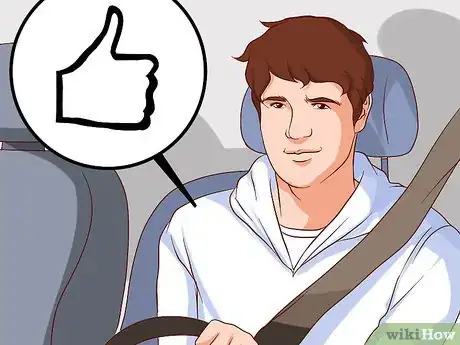



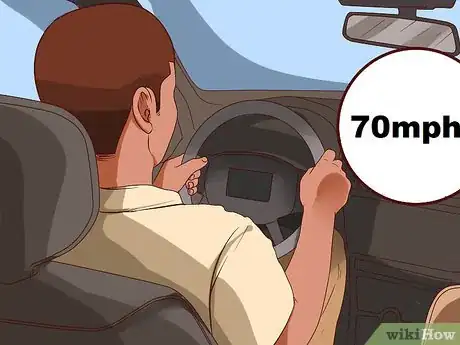


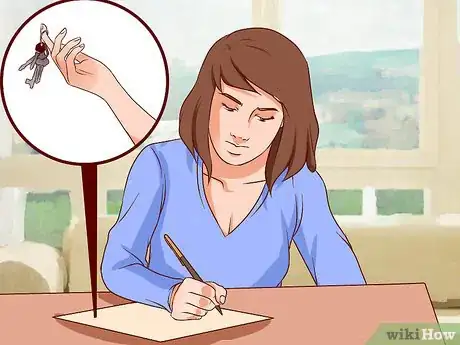
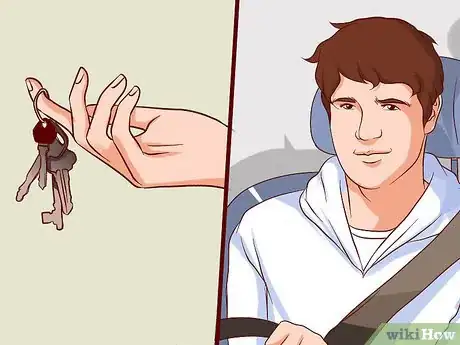







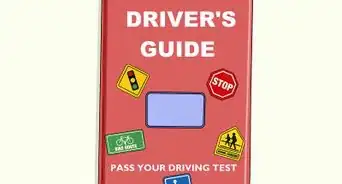
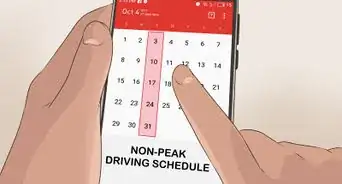
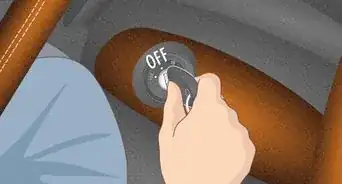
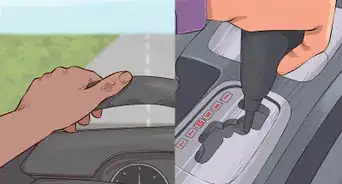



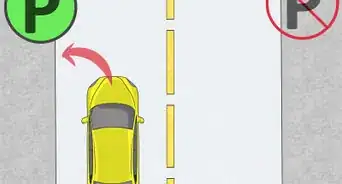
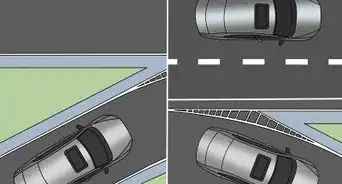









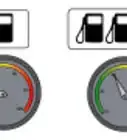

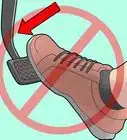
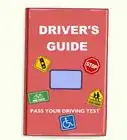



































Medical Disclaimer
The content of this article is not intended to be a substitute for professional medical advice, examination, diagnosis, or treatment. You should always contact your doctor or other qualified healthcare professional before starting, changing, or stopping any kind of health treatment.
Read More...